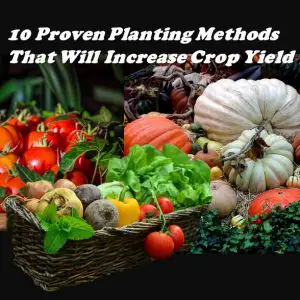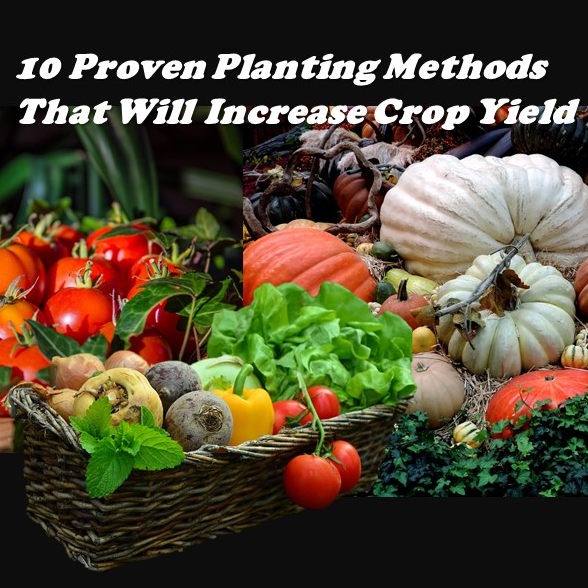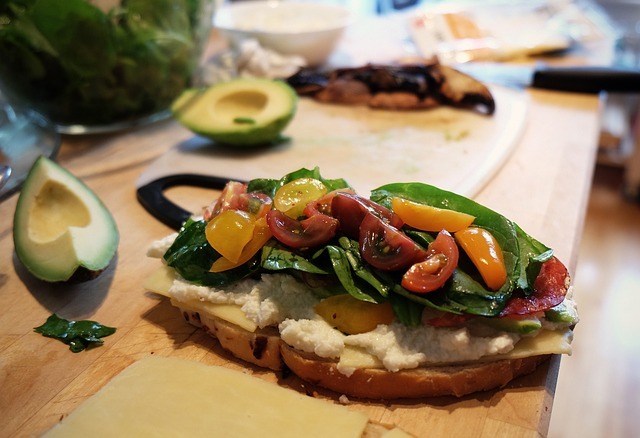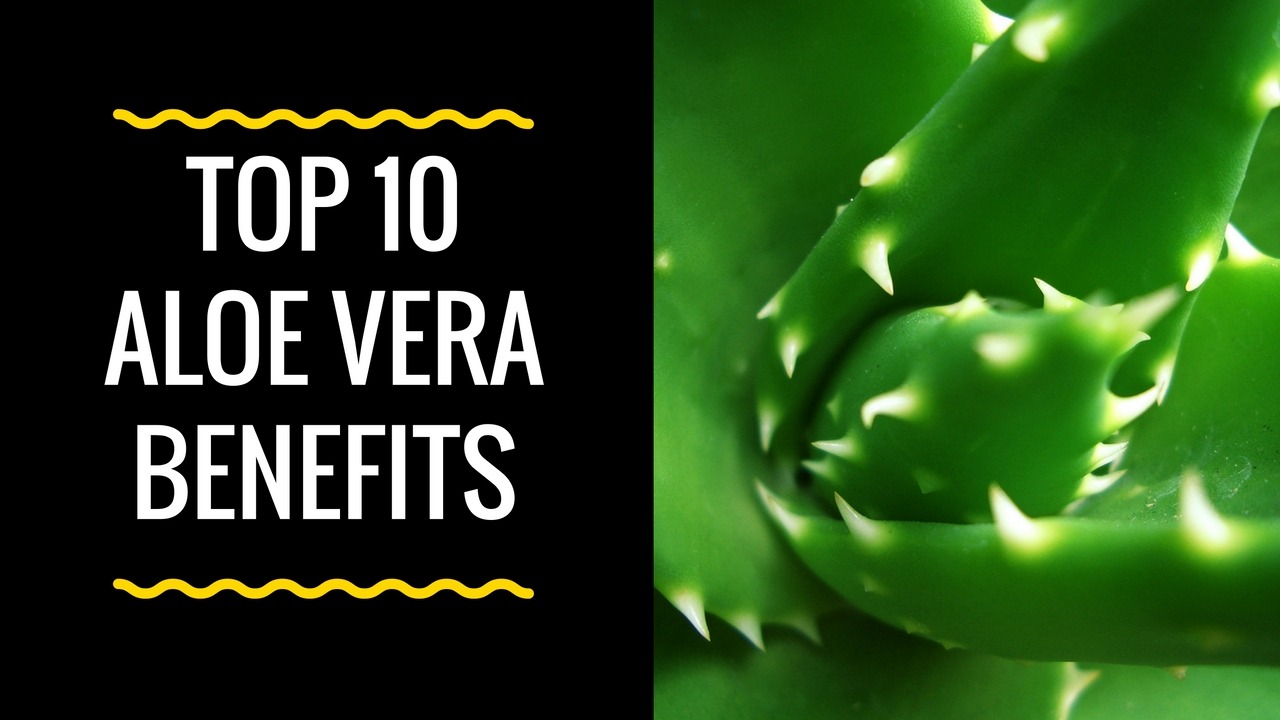 As every dedicated gardener knows, planting methods can improve crop yields. However, planting methods that rely on chemical fertilizers, pesticides, or herbicides can be expensive and unhealthy.
As every dedicated gardener knows, planting methods can improve crop yields. However, planting methods that rely on chemical fertilizers, pesticides, or herbicides can be expensive and unhealthy.
An alternative natural approach, used since ancient times, is companion planting. It increases yields by planting complementary crops together for pest and weed control, pollination, and space utilization to deliver mouthwatering produce. Below are 10 of the most popular companion planting combinations.
Share this Image On Your Site
MOST POPULAR COMPANION PLANTING COMBINATIONS
1. Corn, beans, and squash. Corn stalks provide support for beanstalk growth. Beans draw nitrogen into the soil to promote corn growth. Low-growing squash reduces weeds and holds in moisture.
2. Basil and tomatoes. Basil is a great home remedy as its strong scent repels pests, while tomatoes provide shade for basil. Also, when basil goes to flower, it brings in the pollinators.
3. Rosemary, sage, cabbage, beans, and carrots. Rosemary helps sage, cabbage, beans and carrots growth by deterring pests like cabbage moths and bean beetles.
4. Marigolds and vegetable plants. Marigolds are beneficial companions to most garden plants. They help to repel flea beetles and attract pollinators and other beneficial insects.
5. Onions, potatoes, and carrots. Onions protect potatoes and carrots by repelling harmful insects and wildlife, which include rabbits and deer.
6. Garlic, vegetables, flowers, and fruit. Garlic protects lettuce, cucumbers, peas, celery, roses, and fruit trees by repelling insect and wildlife pests.
7. Oats, buckwheat, and vetch. Oats, buckwheat, and vetch can be planted before crops are planted, or after harvest, to enrich the soil, prevent erosion, and reduce water loss.
8. Cucumbers and nasturtiums. The scent of nasturtiums repels pests so cucumbers can grow and proliferate.
9. Dill, fennel, parsley, melons, and squash. Melons and squash require pollinators to produce; dill, fennel, and parsley are flowering herbs that attract these pollinators.
10. Tomatoes, eggplant, and lettuce. The tall growth of tomatoes and eggplant provides cover to lettuce – which grows best in the shade.
REFERENCES
http://www.countryliving.com/gardening/news/g4188/companion-planting/ https://www.motherearthnews.com/organic-gardening/companion-planting-guide-zmaz81mjzraw
http://www.hobbyfarms.com/the-13-best-companion-plants










